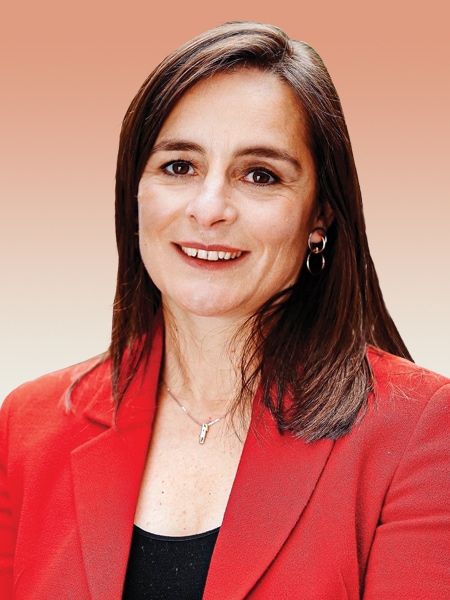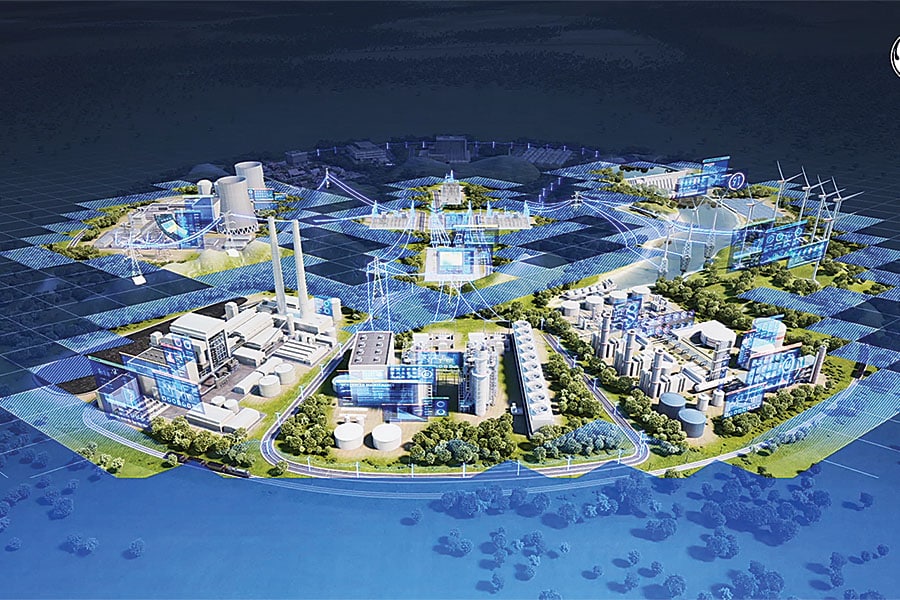
Standardised smart grids are the need of the future: GE's Vera Silva
A decarbonised world will need a new kind of two-way electricity distribution grid that can handle renewable sources as well as 'prosumers' who will feed power back to the network, the CTO of GE Grid Solutions says
 Vera Silva, CTO of GE Grid Solutions
Vera Silva, CTO of GE Grid Solutions
Q. What are some of the biggest problems with today’s existing power grids around the world—the non-smart grids?
Most power grids of today were started 100 years ago. They were designed for a certain way of producing and consuming electricity, mostly with generation connected to high voltage. Now, things are swiftly evolving with climate change requiring an energy transition and change in society expectations. These original grid systems today require three areas of change. First, in the source of producing energy—now, with renewables resources connected distant from demand centres (for large onshore and offshore wind) alongside with distributed generation connected to distribution grids. The type of machines that we use to generate electricity from renewables are not the traditional synchronous machines and this changes the physics of the grid. Lastly, with the growth of distributed resources, the distributions grid, last mile of the networks that go up to our houses, will need to manage two-way flows requiring a change since these were designed for one-way flows and with limited intelligent devices and controls.
Hence, there is a huge need for investment for monitoring observability orchestration tools on these distribution networks.
The final change is in how people are using electricity. Earlier, we had a wealth of data on consumer behaviour with a reasonably predictable way of managing. Now, they are becoming more active—they have their own PV (photovoltaic) panels, they have maybe electric vehicles, etc—so, we call them prosumers. They are willing to contribute to help the grid, but at the transition space, it creates less predictability on the behaviour. So, these are some of the problems or opportunities that are driving the need for evolving smart grids.









